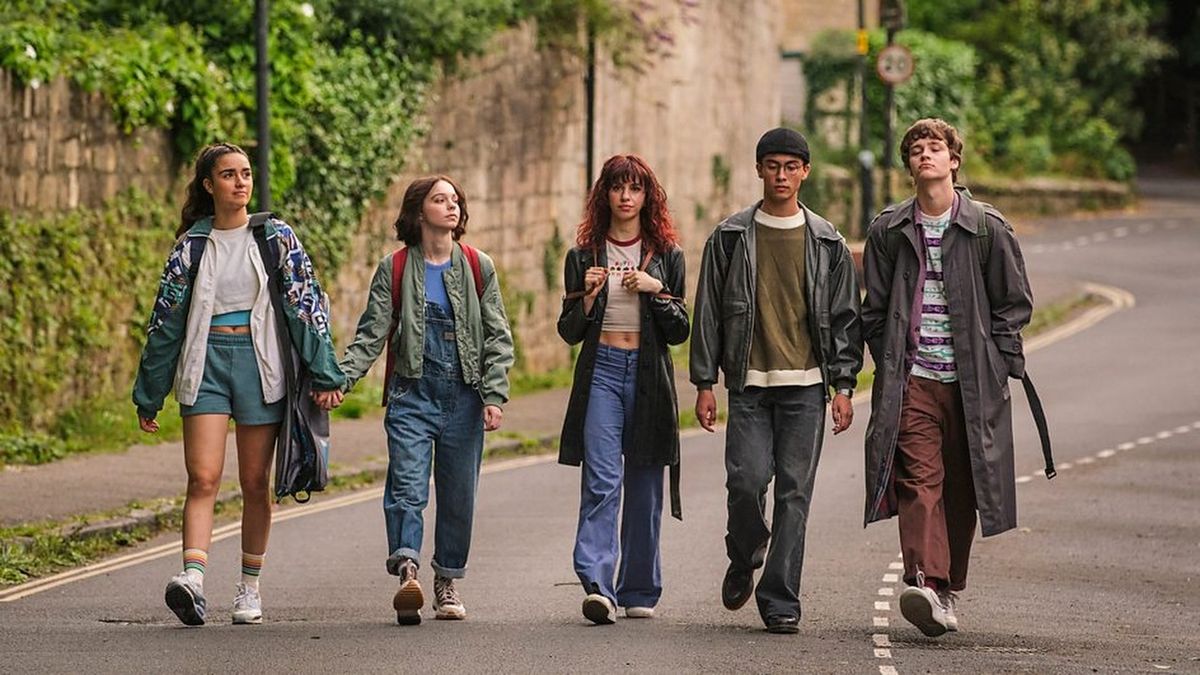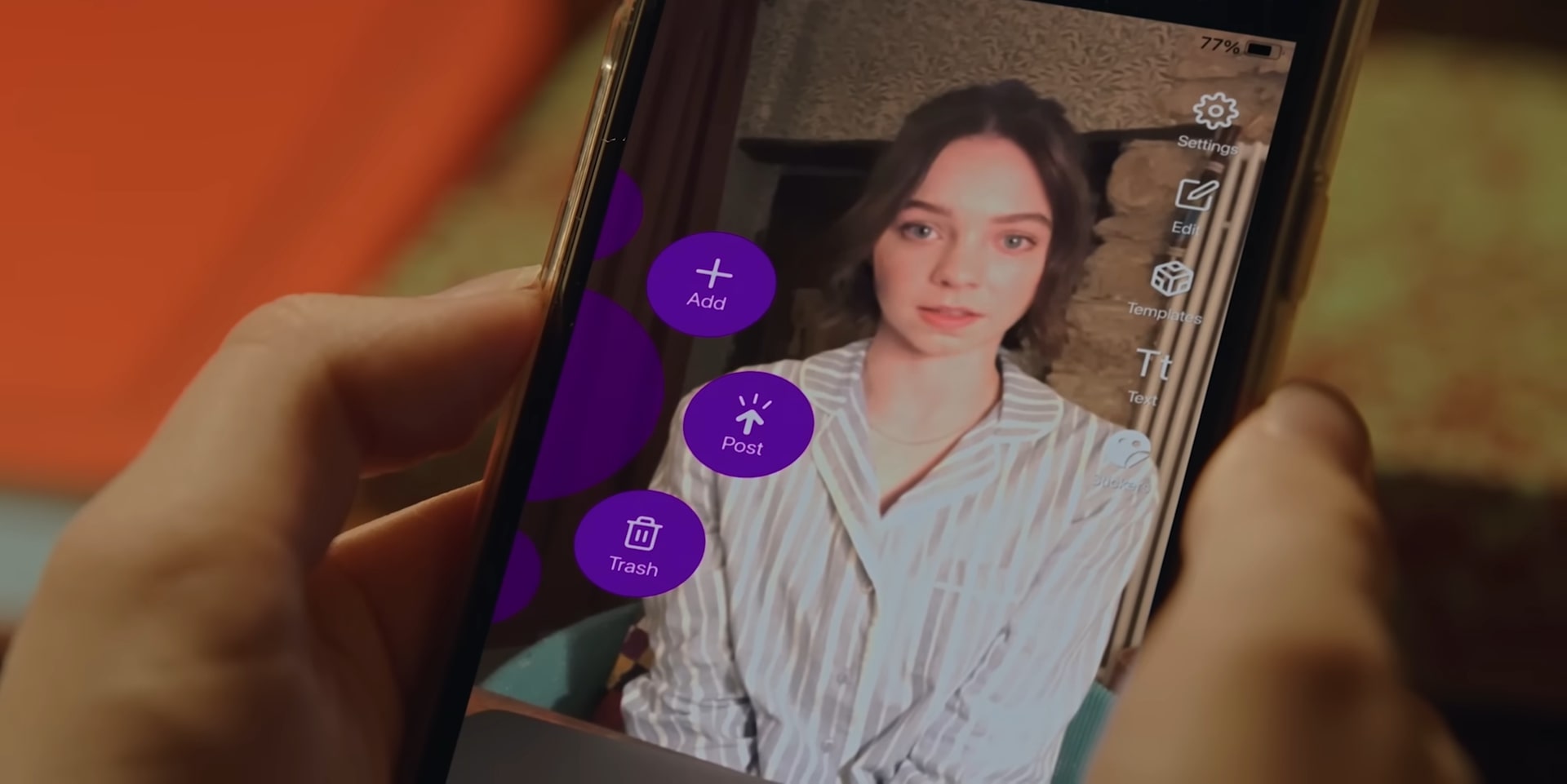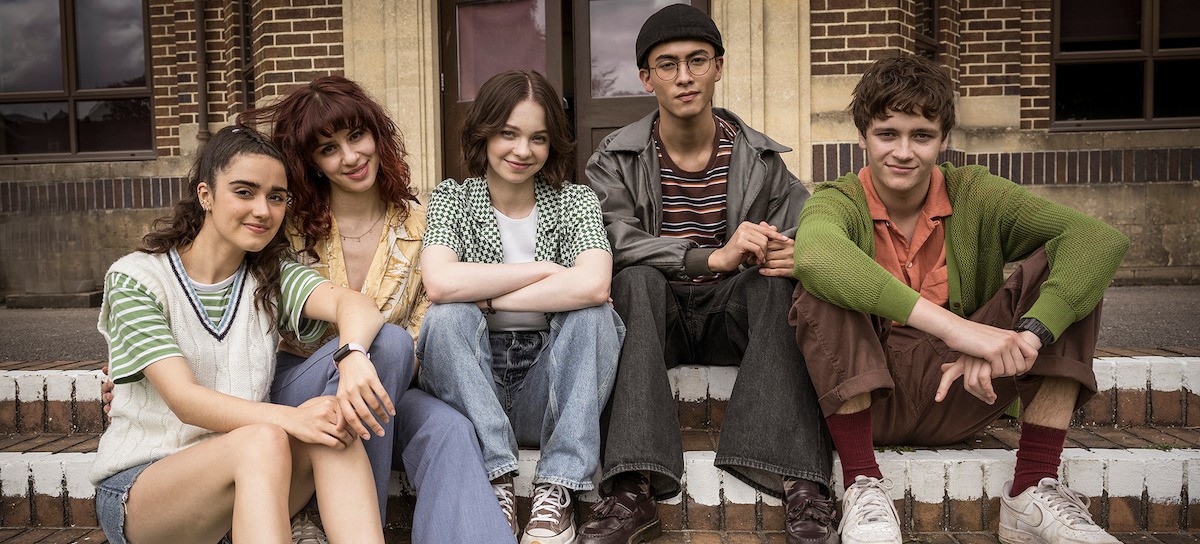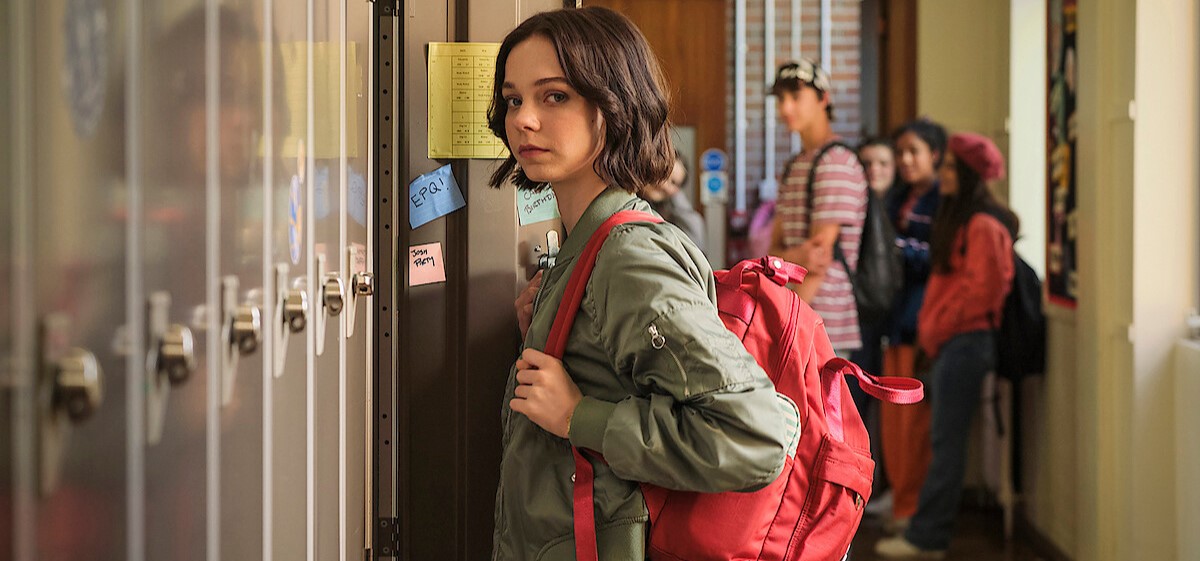Crafted by Poppy Cogan, ‘A Good Girl’s Guide to Murder’ transports us to the town of Little Kilton, which was shaken by a killing and suicide five years ago. Andie Bell, a popular and pretty high school senior, was murdered by her boyfriend, Sal Singh, who subsequently took his own life. Everyone, including the police, accepted the official account of events. Everyone except Pip Fitz-Amobi. Now a high school senior herself, the insatiably smart teen can’t help but feel that there are shadowy details to the case that beg further investigation. She sets out to get to the bottom of the mystery and soon realizes that her life may be in danger if the real killer is still out there.
The BBC Three series intersperses its suspenseful crime-solving with lighthearted comedic moments as we are introduced to an array of idiosyncratic characters. Combining teen drama and humor with its complex mysteries makes for a dynamic narrative that immerses us in the life situations of Pip and her friends beyond the case. The use of modern methods and technology has prominence in the crime-solving story, raising questions about its relation to true crime.
A Good Girl’s Guide to Murder Adheres to the Novel’s Details for Authenticity
‘A Good Girl’s Guide to Murder’ is based on the fiction novel of the same name by Holly Jackson. As a TV adaptation, the show is highly faithful to the source material, using many of the same methods and plot elements to infuse a true crime feel into its story. “What has always been most important to me throughout this adaptation process is to stay loyal to the source material and make sure it adheres to the spirit of the book, as I know that that’s what readers truly want to see,” said Jackson in an interview. “That inspired us to make this the best TV show we possibly could, to honor not only how successful the books have been, but how engaged these fans are and how protective they are of Pip and her story.”

The show’s cast and crew knew the responsibility placed on them to create a faithful adaptation but faced many challenges in doing so. The book’s graphic style creates an immersive experience with highly detailed descriptions of handwritten post-its, typed notes, and interview transcripts, giving it a visual depth that leans towards realism. The production team aspires to do the same by having all the information regarding the case and characters come alive in their own unique style.
The presentation and collection of information were streamlined using the giant murder board on Pip’s bedroom wall to piece together the increasing pile of clues and leads. Another major challenge for the team was the lack of time despite their 45-minute episodes. Author Holly Jackson helped out in this department by sitting with the writers and working on which important elements of the story to keep from the book and what to leave out.
The Merging of True Crime Atmosphere With Modern Technology
In the book and the show, a true crime feel is created around the investigation by employing multimedia elements and found-footage-type items. Developing a modern take on the Agatha Christie-esque style mystery, Jackson relies heavily on social media, including Instagram and TikTok. With plotlines evolving through the use of Instagram photos to find clues and learn more about someone’s background through TikToks, Pip seems to inhabit a modern world like ours, increasing her crime-solving’s relatability. Many mystery thriller stories seek to restrict technology in their plots somehow in order to introduce nuance and increase the difficulty for investigators. However, Jackson holds a polar opposite approach towards involving technology in her story and sees it as a means for dynamic storytelling rather than an obstacle.

“I wanted to use the everyday aspects of our lives — like Fitbits and the ‘Find my friends’ app on phones — to find ways of adapting these everyday devices and apps and somehow turning them into crime-solving tools,” she said in the aforementioned interview. “A Good Girl’s Guide to Murder truly embraces that and that’s why I think readers — and future viewers — are so invested in Pip’s investigation, because they can realistically feel like they could solve a murder in the same way she does.” This approach transports the story into the modern era alongside its audience in an unconventional yet real-world relevant manner.
All the immersion created by visual story details, believable performances, and relatability become all the more important owing to the suspension of disbelief required past certain moments in the show. “In a crime novel, the unbelievable, 1-in-a-million chance thing happens – the worst thing that you ever think will happen happens, and so you’re asking the reader to take a leap of faith,” explained editor Lindsey Heaven. “Holly and I talked a lot about how far you can stretch that leap, but that’s one of her absolute standout skills as a writer, taking the reader on an almost impossible journey whilst still having their full buy-in to where they’re going. She takes them to the very limit, and I think they love the books even more for it!”

With a teen crime solver taking on a dangerous case in ‘A Good Girl’s Guide to Murder,’ the show appropriately delves into the creative use of phones, tracking devices, and social media to create chilling moments as well as push the plot forward. Adhering to the source material, the creatives utilized extensive visual elements to create complexity within the show. Pip’s crime board epitomized their efforts in this regard as it virtually had its own behind-the-scenes team to ensure continuity. While not related to any real-world cases, ‘A Good Girl’s Guide to Murder’ certainly tries to get as close to the real world as possible within the confines of its format and plot.
Read More: Best Murder Mystery Movies on HBO Max


You must be logged in to post a comment.